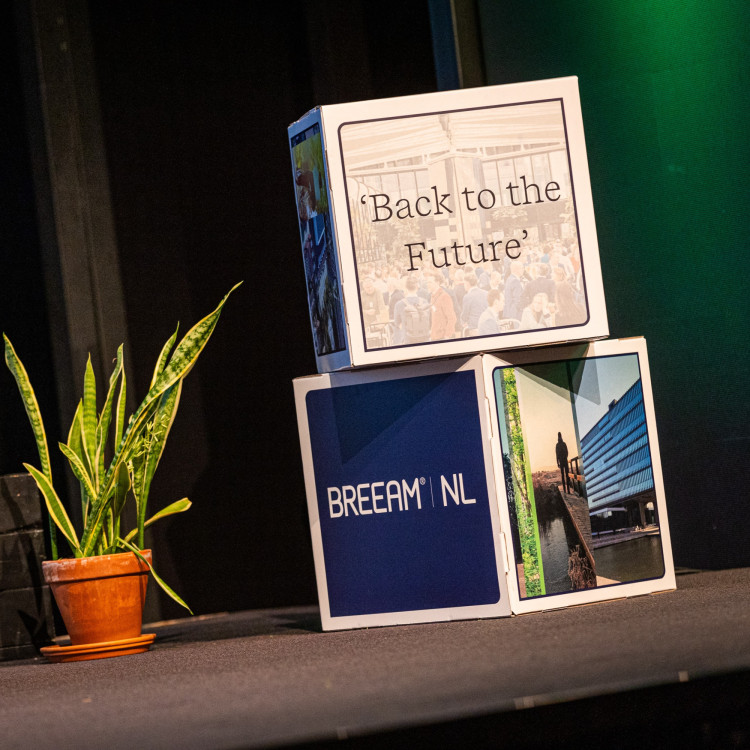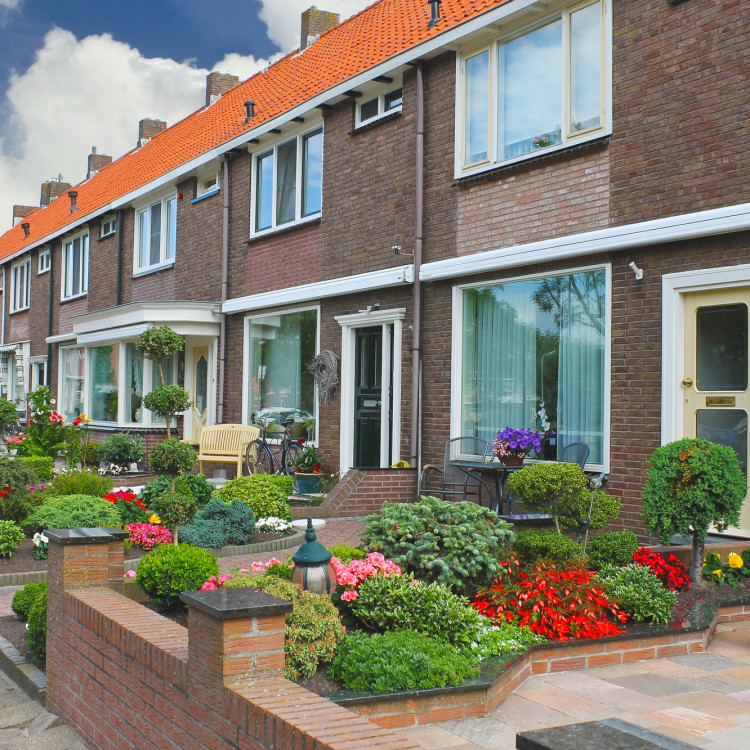The catalyst for this were spirited discussions in the building sector about the position of biobased materials in the Environmental Performance of Buildings (MPG). Developers and construction companies drew up a manifesto at the end of last year advocating that the carbon temporarily sequestered in wood should be included in sustainability scores. The manifesto ‘A level playing field for a more sustainable Netherlands’ has been signed by more than 225 companies and organizations (VORM, 2021). A good portion of the signatories belong to the membership of the Dutch Green Building Council (DGBC).
Variants of carbon storage in biobased materials
In response to the manifesto and in anticipation of a following ministerial study, DGBC asked TNO to present possible options for the valuation of temporary Carbon sequestration in wood and other biobased building materials. With the support of NIBE (a Dutch consultancy in the field of sustainable and circular buildings), TNO worked out six different variants of carbon storage in biobased materials. They align as much as possible with existing methodologies and the current MPG and have been reviewed by several agencies that specialize in MPG and Lifecycle Assessment (LCA) calculations. Some variants are also related to the #BuildingLife project, a project that aims to reduce operational and embodied carbon emissions of buildings.
This report can be used as a contribution to the dialogue on Carbon storage in construction and as a foundation for the study commissioned by the Ministry of the Interior and Kingdom Relations (BZK) on how carbon storage can be included in the environmental performance of buildings. The goal is to eventually also adapt the determination method (legislation) and underlying MPG tooling. Until then and beyond, DGBC and its supporters will continue to steer for the lowest possible carbon impact through materials, a crucial component in achieving the climate goals.
The Dutch report was made by DGBC as part of the Life Level(s) and #BuildingLife projects. The English translation is funded by the World Green Building Council and the Laudes Foundation as part of the #BuildingLife project.



